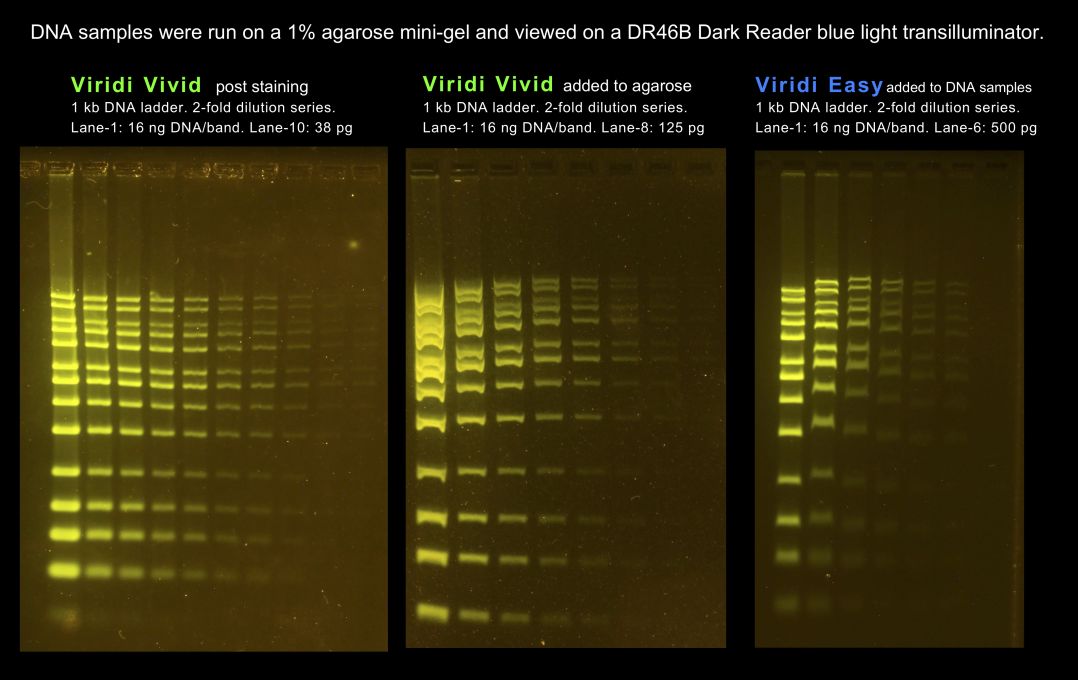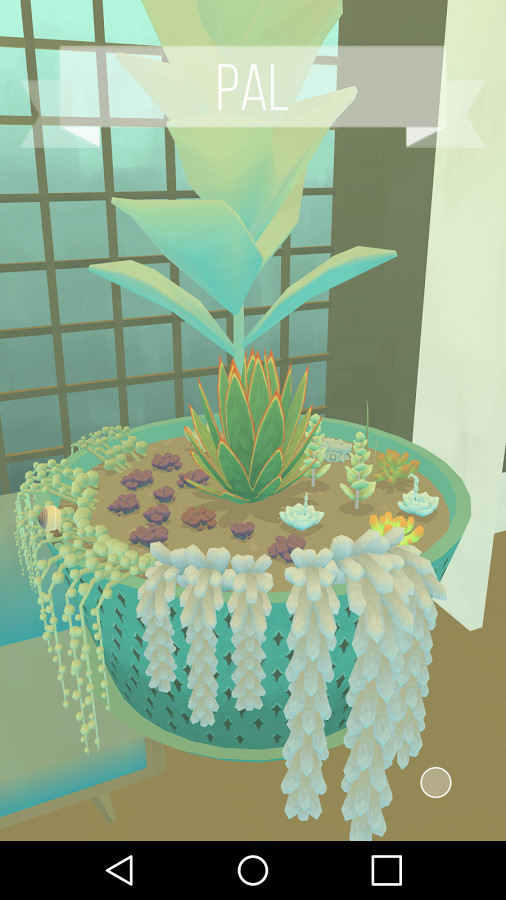

If your photo isn’t predominately green, try increasing the blues or red instead.

Tweaking tips: Make sure to play around with the individual colours here. This edit brings out the details, diminishes lots of the shadowing and also increases the temperature to reflect the day itself. Which is hard to adjust in manual mode when you only have a window of a few seconds to capture the moment. The downside of this is that it can sometimes play tricks with the lighting you experience. Whilst in Sri Lanka, I regularly had to zoom quite far into photos, especially whilst on safari. Tweaking tips: Increase or decrease your contract tool to create more boldness in darker areas. That’s why this edit focuses on increasing the light and shadows whilst also keeping some darker tones present. Our Airbnb in Nimes was totally airy, simple and clean. One of the things that bug me about indoor photos is that they rarely show how it felt in real life. This way, you can adapt it to your specific photo. Tweaking tips: This edit is best tweaked with a lowering or increasing of the ‘highlight’ function. For this photo, it works best for relatively expansive indoor environments that are hidden under shadows.

This kind of edit works really well when you want to keep lots of detail to a photo. Tweaking tips: If you have some detailed elements that require colour, make sure to increase the saturation but lower the yellows or blues to combat environmental factors. For this edit, I’ve gone for a muted yet vibrant look which works well white tones to give it an all-around fresh and cool vibe. This kind of edit works best when inside and is perfect for a clean and relatively airy environment. Tweaking tips: Once applied, lower or increase the light function too or lower some of the blue tones if you’re editing a photo on a sunny day. The main elements it enhances is to increase the light, temperatures and some warmer tones to lean into the destination (which was Geneva, BTW). This edit works best on cloudy days when the light is quite diffused. Once here, copy our free Lightroom presets folder into you “develop presets” folder. Double click on Lightroom and then double-click of Develop presets. Click once on the area that says “show Lightroom presets folder”. On a Mac device: Once downloaded, open Lightroom and go to the “Lightroom” header in the top left hand of your screen.


 0 kommentar(er)
0 kommentar(er)
